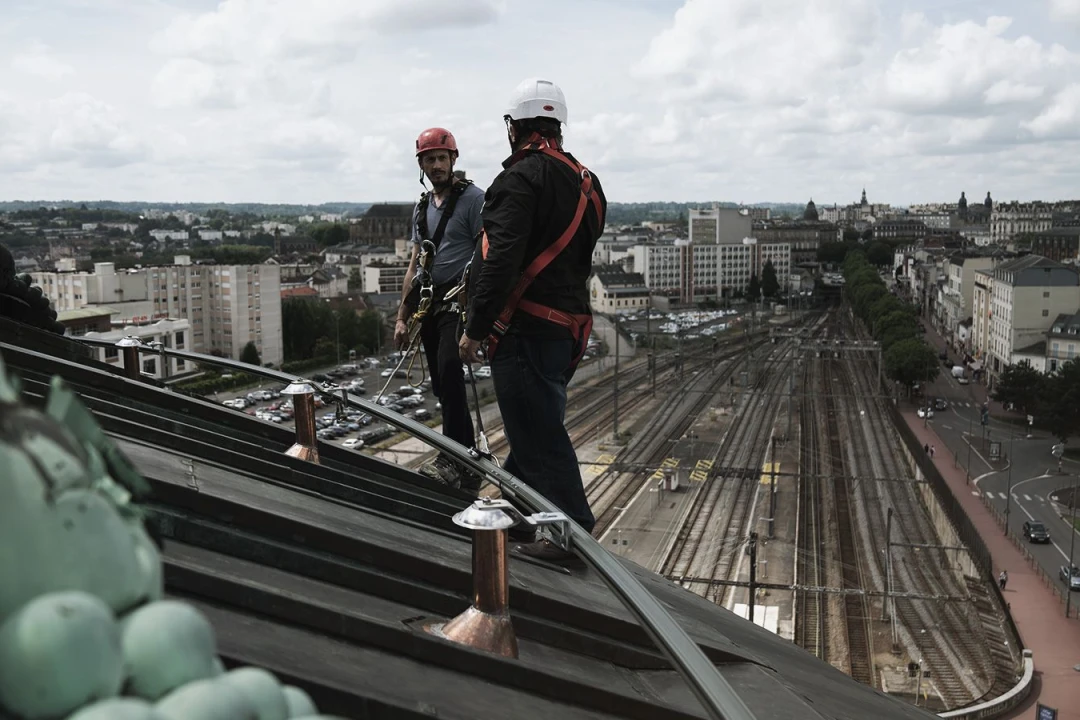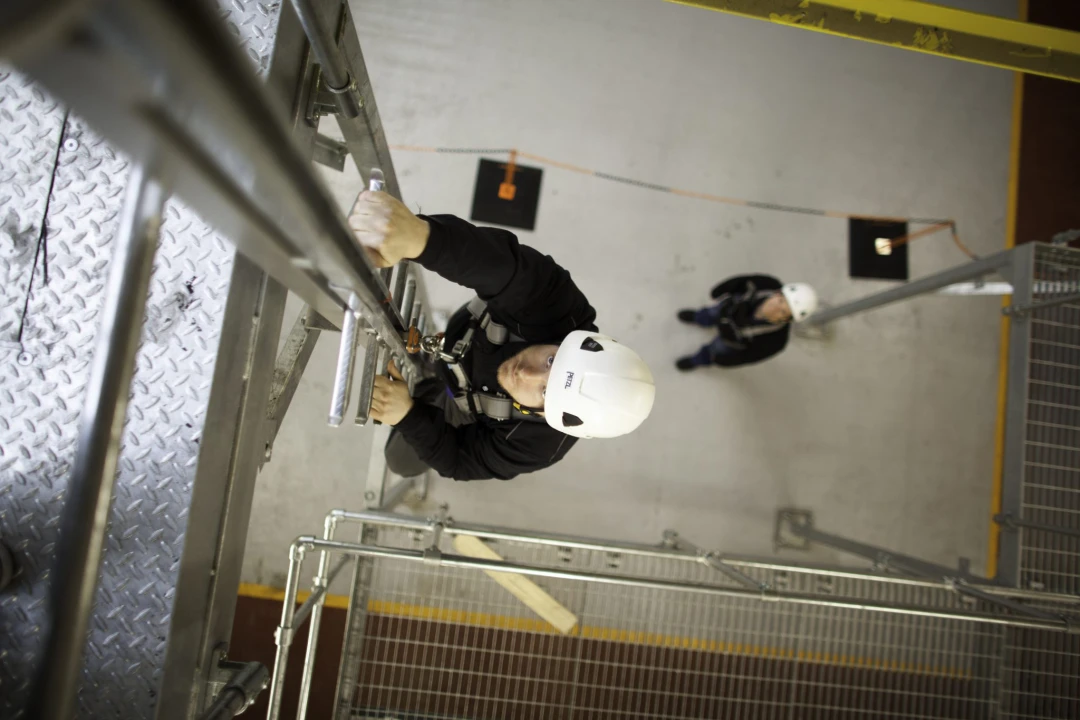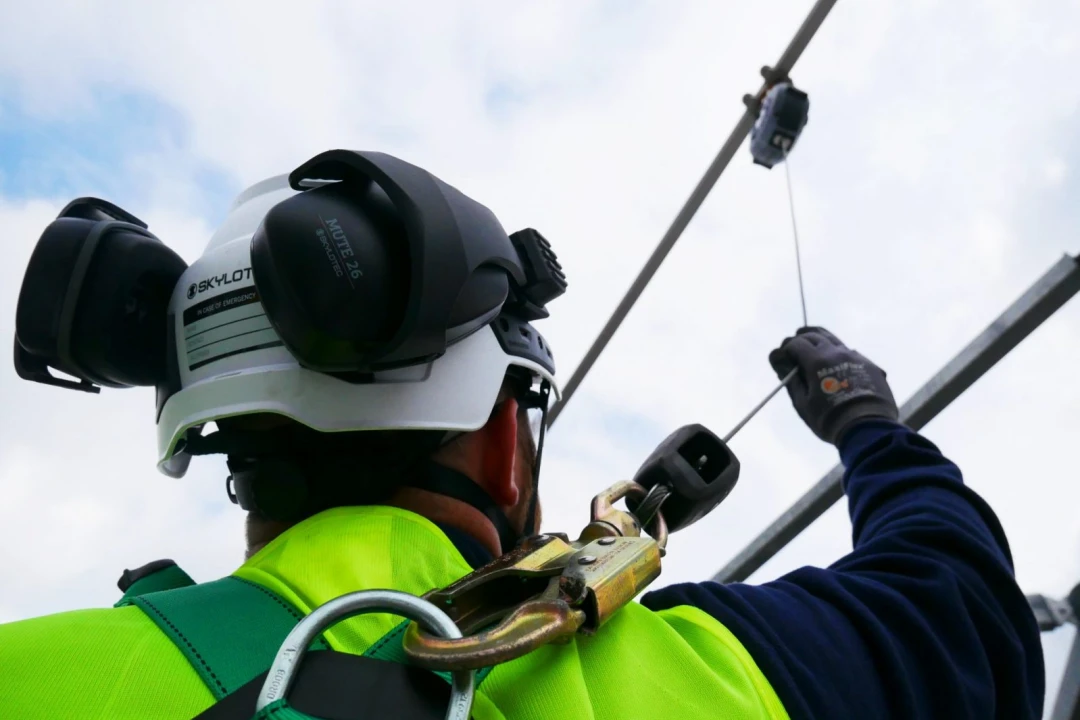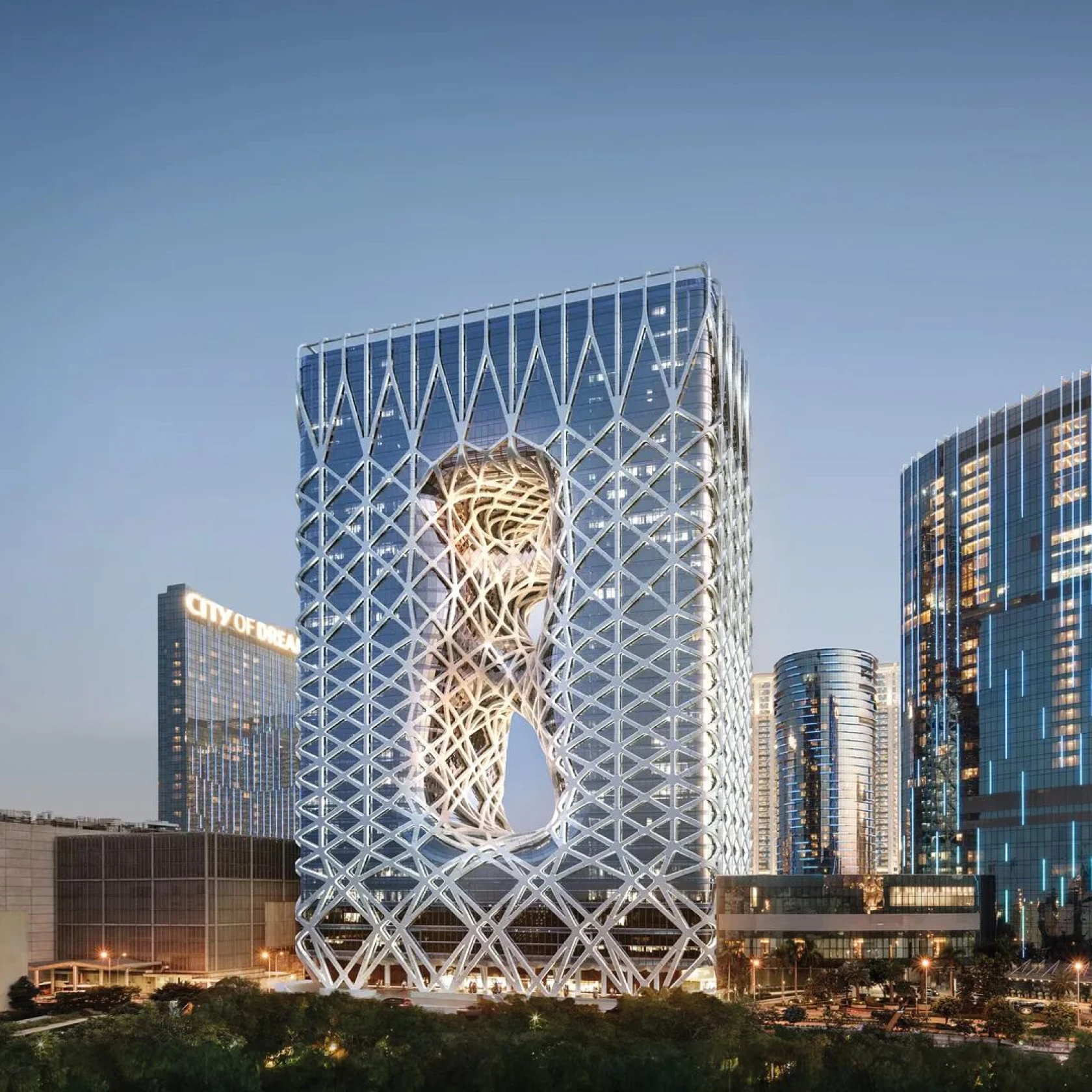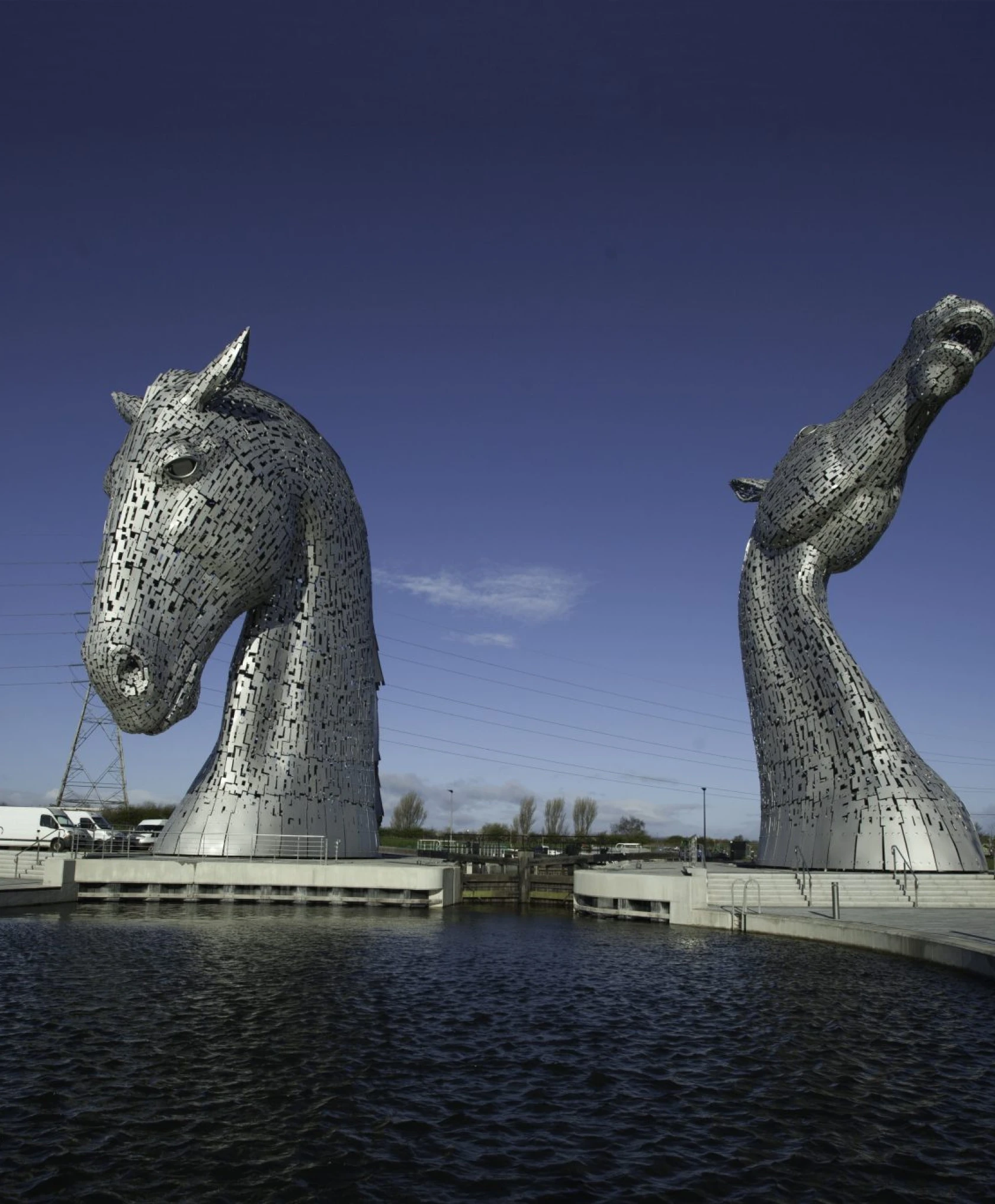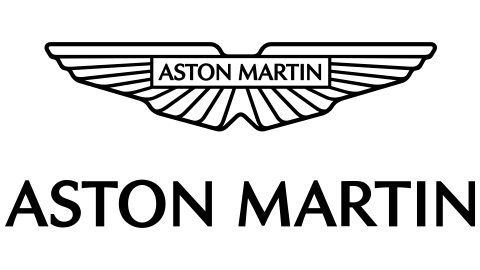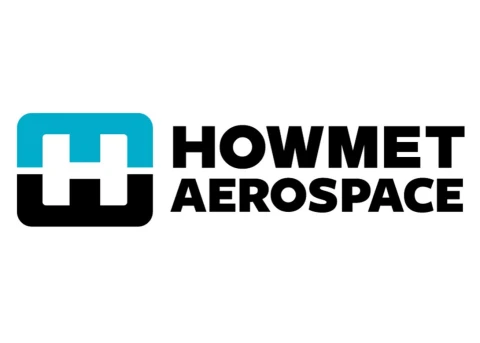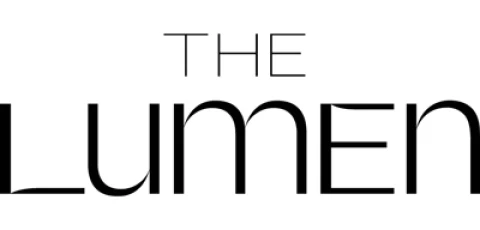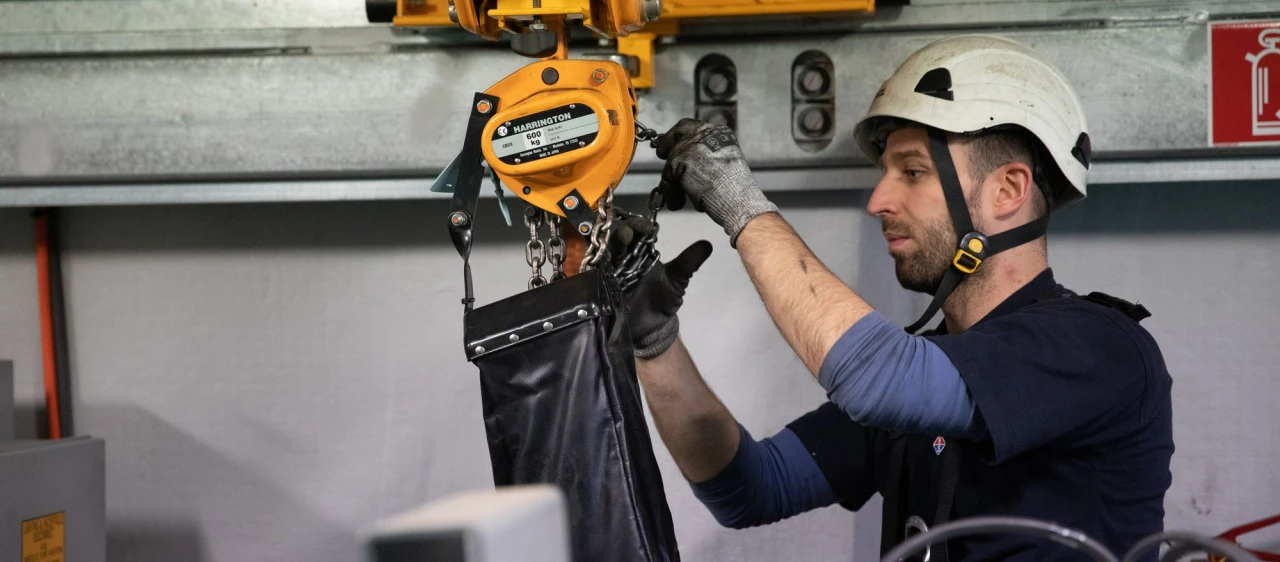

- Fall Protection Systems
- Horizontal Systems - Mansafe Systems
- Rail Fall Protection Systems
Rail Fall Protection Systems
Rail based fall protection systems are often installed where there is a need to minimise workers’ fall distance. The rail will not deflect as a cable would in the event of a fall. Typically, a rail will be installed to ensure that the worker is either kept in a position of restraint or the fall distance is kept to a minimum. Such systems are often found in overhead locations, such as train maintenance depots.
Rail based system utilises wheeled glider travelling devices that slide smoothly along the rail, following the user and providing total hands-free operation. This allows workers to carry out tasks unhindered while maintaining continuous fall protection.
Rail fall protection systems are often referred to by their brand name as Unirail™, MultiRail™, Allatro™ and Technelec™ systems and are categorised as Class D Fall Protection systems under the British Standards BS EN353-1.
Eurosafe offers rail-based fall protection systems from Honeywell and Fallprotec.
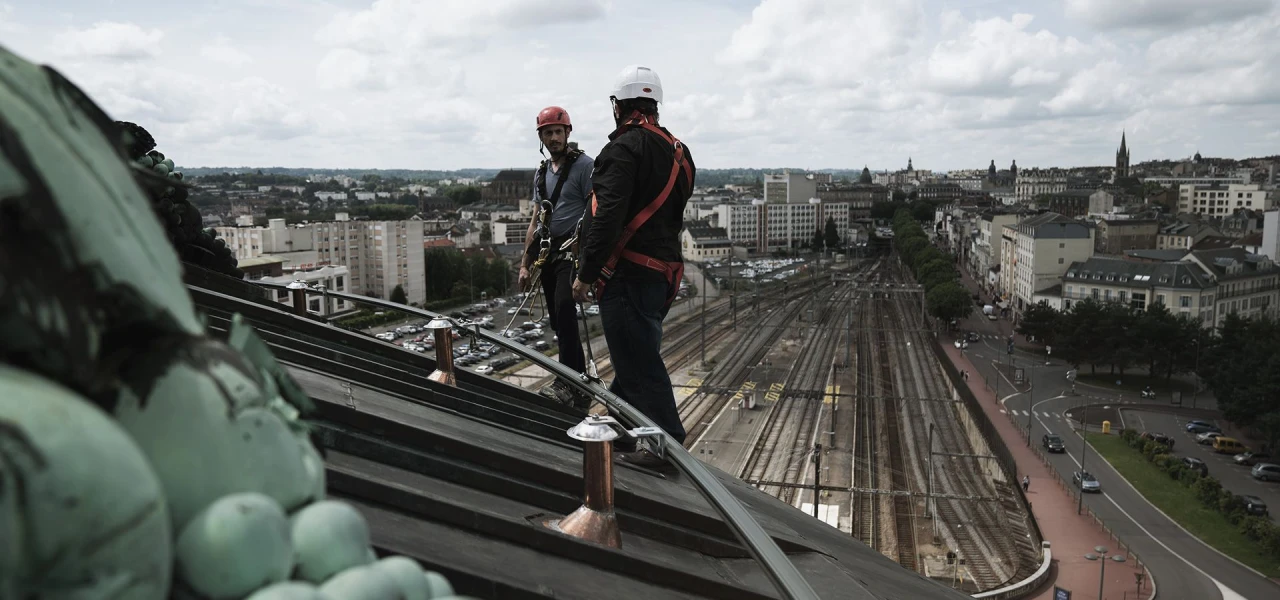
Applications
Our rail systems feature a wide range of fixing brackets, deviations, junctions, and turntables, enabling horizontal, inclined, and vertical movement around a building while keeping the user continuously connected.
Beyond buildings, rail systems are commonly used for overhead applications in the rail and transport industries. These applications often have limited ground clearance, necessitating fall arrest in a very short distance. Fixed rails provide this capability due to their rigid construction, which minimises deflection when loaded.
These systems can be used by up to six persons simultaneously and can absorb forces of up to 100 kg without permanent deformation. They are particularly suitable for industrial environments, as they are formed from stainless steel in a closed profile, making them resistant to dirt accumulation and capable of withstanding harsh environmental conditions. Fixings can be mounted up to six metres apart, and since the rail is not directly fixed into mounting brackets, thermal expansion is naturally compensated for.
Advantages
Rail-based systems can offer advantages over cable-based systems in certain applications and are especially suited for use in industry and utilities where limited ground clearance or narrow walkways would adversely affect user safety considerations, or where significant distance between the working platform and the anchorage system would affect functionality.
Fixed rigid rail systems are not commonly used on buildings, with cable-based systems being preferred for most applications due to the cost and frequency of penetrations required to support the systems being substantially less. However, there are a number of situations where Eurosafe would suggest the installation of a rail over a cable as they can offer a shorter arrest distance, allow a greater number of users or be used for rope access work. Typical applications would be on the building's façade to allow access along gantries and brise soleil to allow safe window cleaning.
Related Services
Related Case Studies
View all Case Studies
